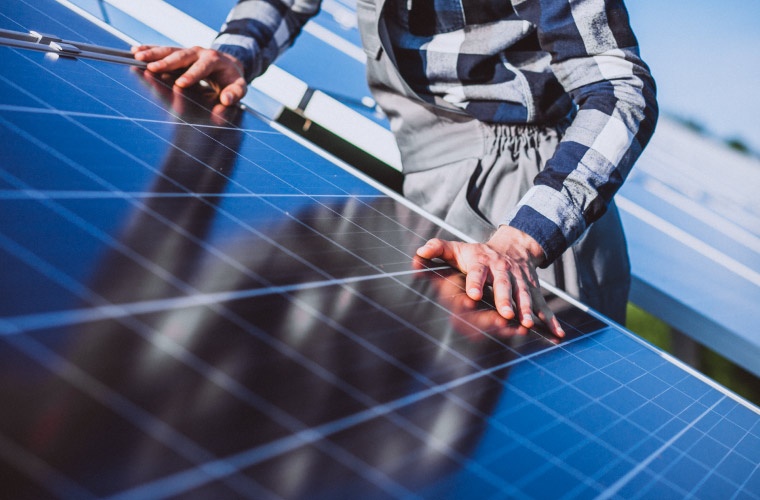
Aquavoltaics – the integration of photovoltaic systems with aquaculture – is fast emerging as a transformative approach to meeting the twin challenges of clean energy generation and sustainable food production. A recent study published in Renewable Energy offers a comprehensive analysis of global trends, technological progress, and the ecological and economic implications of this innovative sector.
Aquavoltaic systems involve placing solar panels over water bodies – such as ponds, reservoirs or coastal flats – while aquaculture continues underneath. This dual-purpose use of space boosts the efficient utilisation of land and water, reduces evaporation, and provides a stable energy supply for aquaculture operations. It also contributes to climate change mitigation by reducing reliance on fossil fuels and cutting greenhouse gas emissions.
According to the authors of the Renewable Energy study, “the development and application of aquavoltaics technology has experienced dynamic growth”, having moved from experimental trials to real-world implementation across Asia, Europe and North America.
Since 2014, the global roll-out of aquavoltaic systems has gathered pace – particularly in Asia. China leads the way, with major projects such as a 2 GW facility in Shandong and a 940 MW development in Jiangsu. Other nations – including Vietnam, Thailand, South Korea and Norway – are also piloting or expanding their own initiatives. In contrast, Europe and the United States have so far focused more on feasibility studies, with relatively few fully integrated aquaculture–PV installations currently operational.
Aquavoltaic systems offer more than just clean energy. They are also advancing the digitalisation of aquaculture. Solar-powered infrastructure now enables real-time monitoring of key water quality indicators, such as dissolved oxygen, temperature and turbidity. These tools help maintain stable pond conditions, reduce fish mortality, and improve yields.
For instance, aquavoltaic installations in Fujian, China, have been shown to block up to 89% of solar radiation and lower pond temperatures by as much as 4.9ºC – leading to higher survival and growth rates in species like tilapia and shrimp.
Moreover, renewable energy supports the automation of feeding, aeration and water circulation – reducing diesel use and noise pollution, while boosting productivity.
One of the most compelling features of aquavoltaics is its potential role in achieving carbon neutrality. The study highlights that some systems have reduced coal consumption by as much as 1.05 million tonnes per year. In addition, photovoltaic structures provide surfaces for shellfish and macroalgae to grow, which further enhances biodiversity and captures carbon.
A key milestone came in 2022, when China carried out its first carbon credit transaction linked to a marine aquaculture farm – signalling a new alignment between aquavoltaics and the emerging blue carbon economy.
Despite its promise, the aquavoltaics sector still faces a range of technical, economic and policy challenges. These include corrosion of PV modules in humid settings, the absence of standardised recycling systems for decommissioned panels, and a lack of targeted policies to support farmers and investors.
The study’s authors recommend that future efforts should focus on enhancing the structural resilience of floating PV systems, developing smart control platforms for aquaculture, introducing clear policy frameworks for installation, upkeep and recycling, and investing in interdisciplinary research to better understand long-term environmental impacts.
The authors conclude that aquavoltaics represent “a scalable, system-level solution aligned with international sustainability goals such as the Paris Agreement and the UN Sustainable Development Goals (SDGs).”


